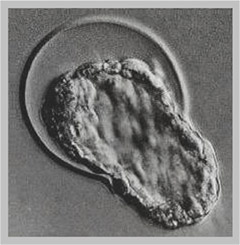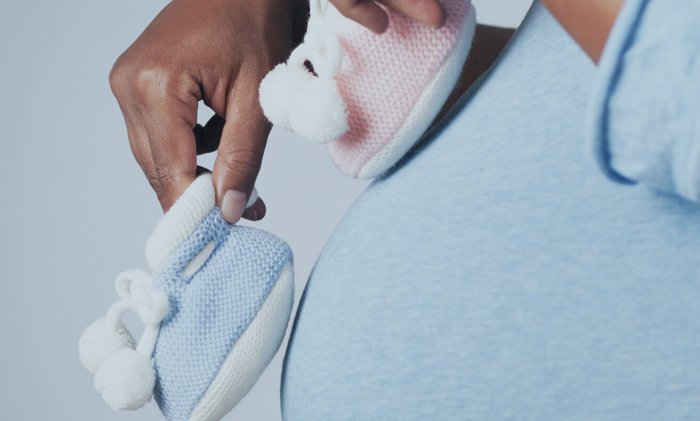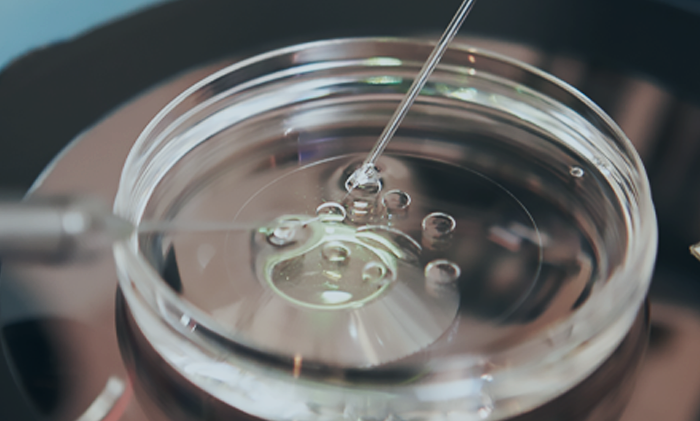


Modern technology and medical advancements continue to give couples facing infertility a greater chance of success in fulfilling their dreams of parenthood. At Fakih IVF, we believe that investing in the latest medical advancement and employing highly skilled staff are essential to providing quality health care service. Our Embryologists are highly skilled and equipped with the newest technology. With centers in Dubai and Abu Dhabi and medical partners in Al Ain, Fakih IVF is available to help couples throughout the UAE and abroad.
Some of the lab techniques and technologies offered at Fakih IVF include:
EmbryoScope is a new and revolutionary incubator with a built-in camera that takes periodical pictures of embryos as they grow. Previously, embryos were monitored once at fertilization and again on the day of embryo transfer, leaving out essential details on the growth pattern of the embryo.
In order to successfully implant into the uterine lining, an embryo has to hatch out of its own shell, called the zona pellucida, and attach to the endometrial lining. Embryos with a thin shell have a higher implantation rate because they can more easily shed their shell. Fakih IVF’s Embryology Labs are equipped with precision lasers designed to assist the hatching of embryos before embryo transfer.

Assisted hatching has shown to be beneficial for couples that produce embryos with a thick or hard shell, who had embryo transfers in the past without success, and for older women, where embryos may lack sufficient energy to complete the hatching process on their own.
After egg collection, sperm and egg fertilize for 3 to 5 days in a special culture medium. During this time, embryologists monitor the growth of each embryo to assess its viability. The strongest and most viable embryos will continue to grow through Day 5 to form a Blastocyst. The weaker embryos, though may have appeared to have a strong growth pattern on Day 3, may slow and stop growing by Day 5. If there are fewer embryos on Day 3, we may choose to transfer the embryos to the wife’s uterus on Day 3 as the uterus is the best incubator for the embryos.
Blastocyst Transfer is most advantageous for couples with a large number of embryos. Allowing the embryos to grow through Day 5 allows for the highest quality embryo to be selected for transfer while reducing the rate of multiple pregnancies as fewer embryos of higher quality will be transferred.
To learn more about the technologies or techniques described above or to discuss your personal history, book an appointment or email our doctors today.

Egg and Sperm Freezing is an effective way for women and men to preserve their fertility. Individuals may want to consider Egg or Sperm Freezing if th...
Read More
Natural Cycle is an option for women who do not respond well to fertility medication or who have poor ovarian reserve. Such women do not produce more ...
Read More
With centers in Abu Dhabi and Dubai and medical partners in Al Ain, Fakih IVF Fertility Center is available to help couples and individuals facing mal...
Read More
Intrauterine Insemination (IUI), also known as Artificial Insemination, may be an option for couples if the wife’s fallopian tubes are patent (no ...
Read More
Fakih IVF Fertility Center has a full-service in-house Genetics Laboratory. — Genetics Laboratory in the UAE capable of performing Genetic Testin...
Read More
With today’s advanced reproductive technologies, identifying the gender of your embryos before pregnancy is possible through IVF and Comprehensive C...
Read More
In Vitro Fertilization (IVF) is the process of collecting eggs from the wife and sperm from the husband and fertilizing them in the Embryology Laborat...
Read More